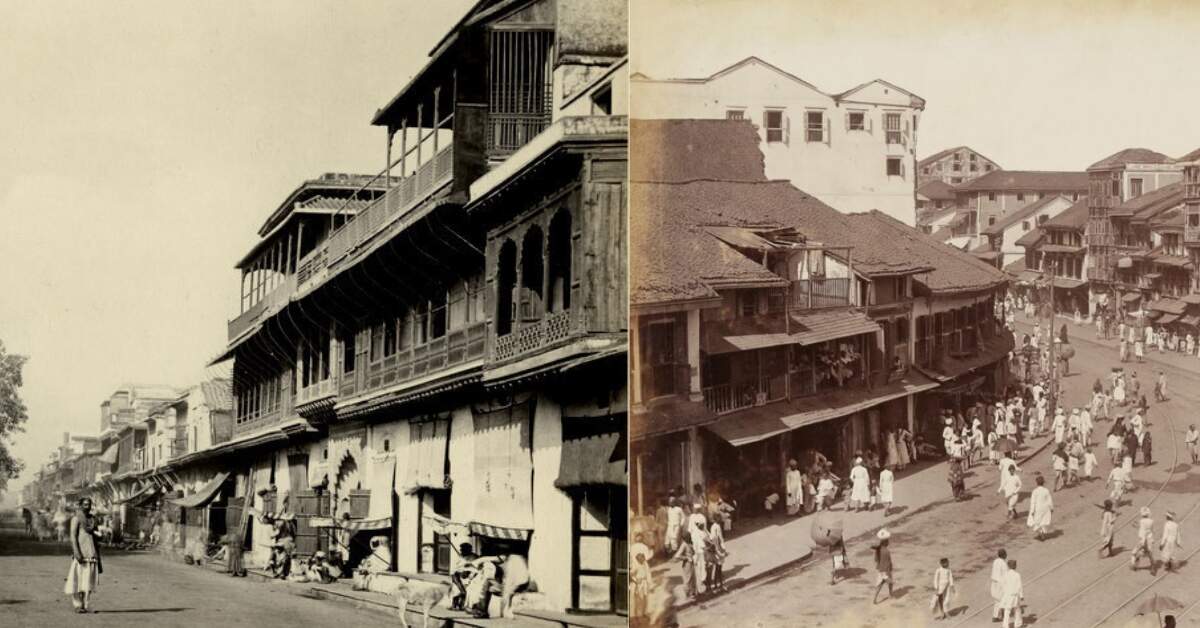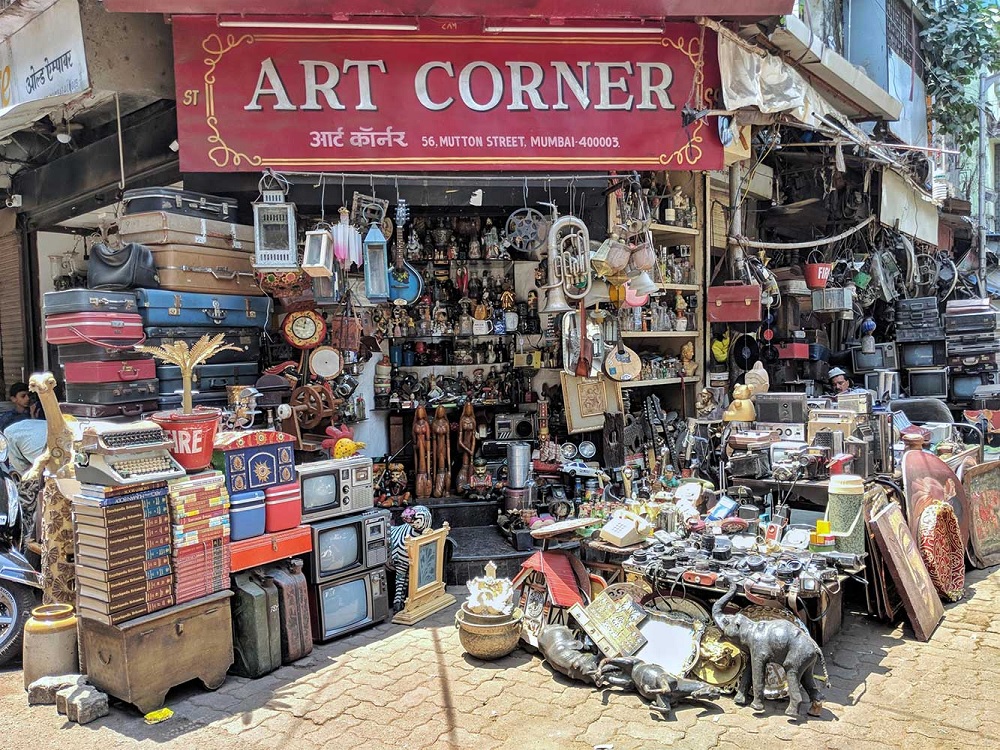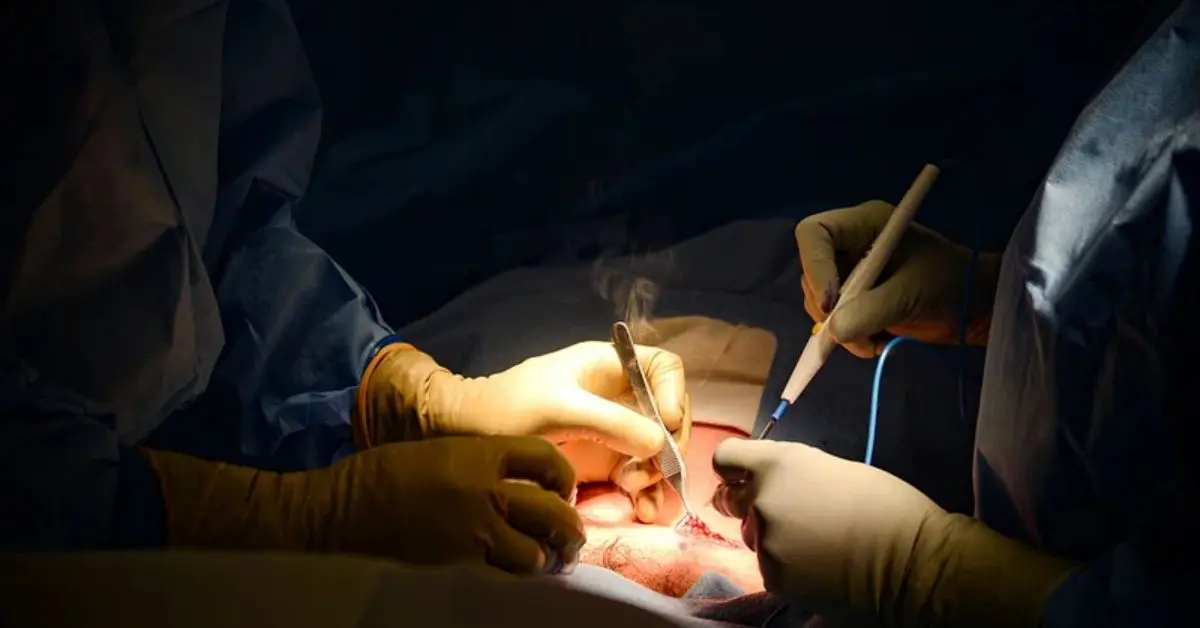Now Reading: History beyond Vizag: Oldest Markets in India to Explore
- 01
History beyond Vizag: Oldest Markets in India to Explore
History beyond Vizag: Oldest Markets in India to Explore

Long before supermarkets and online stores, local markets were the centre of everyday life. They were where people met, bargained, shared news, and built businesses over generations. Many of these markets still exist today, carrying traces of their old charm in the form of narrow lanes, familiar smells, and the steady buzz of trade. Here’s a look at some of the oldest markets in India that continue to be part of the country’s rhythm, each with its own history and character.
Chandni Chowk – Delhi
Chandni Chowk, Delhi
Established in the 17th century by Mughal Emperor Shah Jahan, Chandni Chowk remains one of the oldest and busiest markets in India. Designed by Shah Jahan’s daughter, Jahanara Begum, it once served as a luxurious boulevard where traders sold silk, spices, and precious stones. Today, it is still a sensory overload with narrow lanes lined with fabric stores, jewellery outlets, spice shops, and street food vendors. It’s particularly popular for wedding shopping, old book stores, and Delhi’s most iconic dishes like parathas and jalebis.
Begum Bazaar – Hyderabad

Begum Bazaar, Hyderabad
Built over 150 years ago, Begum Bazaar was developed during the rule of the Nizams of Hyderabad. The land for the market was reportedly gifted by Humda Begum, the wife of Nizam Ali Khan, and it soon became the largest commercial hub in the city. Known primarily for its wholesale trade, Begum Bazaar is famous for brassware, dry fruits, perfumes, tobacco, household items, and kitchen essentials. Despite being chaotic, it’s still a favourite among locals for both bulk purchases and hard-to-find traditional items.
Laad Bazaar – Hyderabad

Laad Bazaar, Hyderabad
Situated close to the Charminar, Laad Bazaar is one of Hyderabad’s oldest markets, known especially for its traditional bangles and bridal jewellery. The word “laad” refers to lacquer, which is used in making the colourful bangles sold here. Dating back to the time of the Qutb Shahi dynasty and later the Nizam rule, the market still retains its charm with rows of small shops selling perfumes, zari fabrics, pearls, and decorative items.
Crawford Market – Mumbai

Crawford Market, Mumbai | Image Credits: Tripadvisor
Officially known as Mahatma Jyotiba Phule Mandai, Crawford Market is one of Mumbai’s oldest and most iconic shopping spots. Built in 1869 and named after Arthur Crawford, the city’s first Municipal Commissioner, the market was once the main wholesale source for fruits and vegetables before they were shifted to newer hubs. The architecture is a blend of Norman and Flemish styles, with a clock tower and ornate fountains that hint at its colonial past.
Bhendi Bazaar – Mumbai

Bhendi Bazaar, Mumbai
Located in South Mumbai, Bhendi Bazaar dates back to the 19th century during British rule. It was developed primarily through the efforts of the Dawoodi Bohra Muslim community. Over time, it evolved into a busy marketplace known for its hardware shops, electronic goods, and traditional meat and spice vendors. Interestingly, the the name Bhendi Bazaar is a mispronunciation of “Behind the Bazaar”, a term used by the British referring to its location behind the Crawford Bazaar.
Chor Bazaar – Mumbai

Chor Bazaar, Mumbai | Image Credits: Travelogy India
Originally called Shor Bazaar (meaning “noisy market”), it is believed that British mispronunciation led to its current name, Chor Bazaar or “thieves’ market.” This market has been around for over 150 years and earned its reputation as the go-to place for lost or stolen goods. Today, Chor Bazaar is a vintage lover’s paradise where you can find antique furniture, film posters, vinyl records, clocks, and all sorts of quirky collectables. Though the ‘stolen goods’ legend is largely myth, the place retains an aura of secrecy and nostalgia.
Even with the rise of modern retail, these historic markets in India haven’t lost their relevance. They continue to be everyday spaces filled with character, colour, and a pace that’s all their own.
Also read: Ever Heard of Vizag Colony? A Vizag Village That Isn’t in Vizag
Stay tuned to Yo! Vizag website and Instagram for more such articles.












